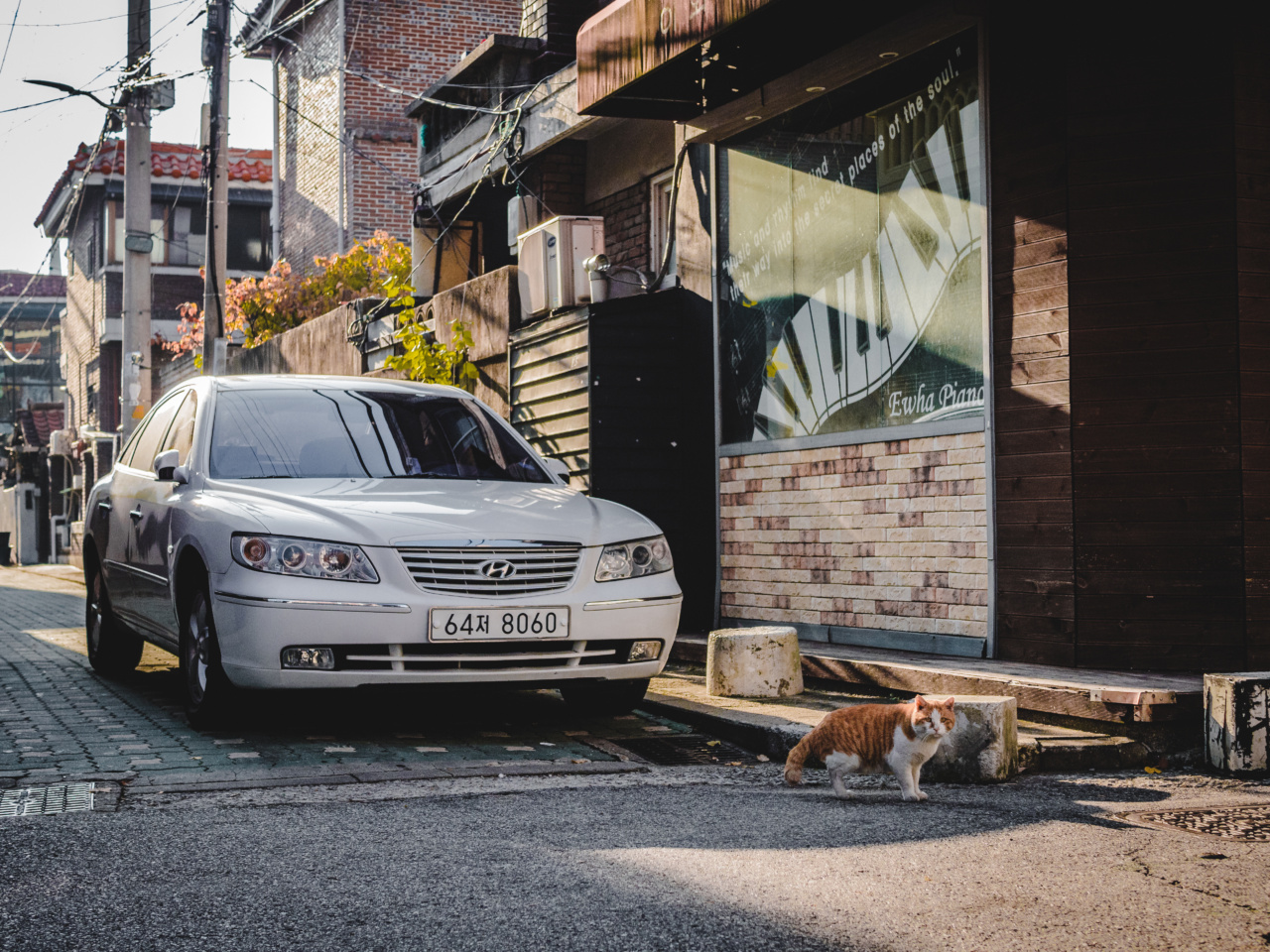Traveling with cats can be a challenging experience, especially if your furry friend has a fear of car trips.
Many cats exhibit anxiety and stress when it comes to being in a moving vehicle, which can make the entire journey overwhelming for both you and your pet. However, with a few simple techniques and some patience, you can help your cat overcome its fear and make car trips a more enjoyable experience for everyone involved.
1. Familiarize Your Cat with the Car
Start by allowing your cat to get used to the presence of the car. Park the vehicle near your home and let your cat explore inside it while it’s stationary. Keep the doors open and allow your cat to jump in and out at its own pace.
Place some treats or toys inside the car to create a positive association.
2. Create a Comfortable Space
Make the car a safe and comfortable space for your cat. Place a familiar blanket or bedding in the carrier to provide a sense of security.
Additionally, you can use pheromone sprays or diffusers specifically designed for cats to help create a calming environment in the car.
3. Gradually Introduce the Carrier
If your cat associates the carrier with negative experiences, it’s important to introduce it gradually. Leave the carrier open in your home with a cozy bed inside and some treats to entice your cat to explore it on its own terms.
Slowly increase the amount of time your cat spends inside the carrier, gradually closing the door for short periods while offering treats and praise.
4. Conditioning through Short Rides
Once your cat is comfortable being in the carrier, it’s time to start conditioning it to short car rides.
Start by taking your cat on brief trips around the block, gradually increasing the duration as your cat becomes more accustomed to the experience. Make sure to reward your cat with treats and praise for its calm behavior during the rides.
5. Minimize Stressful Stimuli
Reduce external stimuli that may contribute to your cat’s anxiety during car trips. Close the car windows to minimize outside noise, and avoid playing loud music. Keep the temperature inside the car comfortable and ensure proper ventilation.
These measures can help create a more serene environment for your cat.
6. Keep the Carrier Secure
Ensure the carrier is securely fastened in the car, either with a seatbelt or by attaching it to the floor using a carabiner. Keeping the carrier stable will prevent any jostling or movement that may increase your cat’s anxiety.
7. Offer Comforting Familiar Scents
Place a soft blanket or towel in the carrier that carries the scent of home. Familiar smells will provide comfort and reassurance to your cat. You can also try using synthetic pheromones, such as Feliway, which are known to have a calming effect on cats.
8. Use Calming Treats or Supplements
Consult your veterinarian about the possibility of using calming treats or supplements for your cat. Some products contain natural ingredients, such as chamomile or valerian root, which can help alleviate anxiety in cats.
However, always follow your vet’s advice and recommendations for the appropriate dosage.
9. Practice Desensitization Techniques
Desensitize your cat to the sounds and movements associated with car travel. Play recordings of car engine sounds at a low volume in the presence of your cat, gradually increasing the volume over several sessions.
This will help your cat become accustomed to the noises associated with car rides.
10. Seek Professional Help if Needed
If your cat’s fear of car trips persists despite your efforts, consider seeking professional help.
Your veterinarian may refer you to a feline behavior specialist who can provide additional guidance and support tailored to your cat’s specific needs.
By following these techniques and tips, you can help your cat overcome its fear of car trips. Remember that patience and gradual exposure are key to helping your furry friend feel more comfortable during travel.
With time and practice, your cat may even come to enjoy car rides and the adventures that await.






























